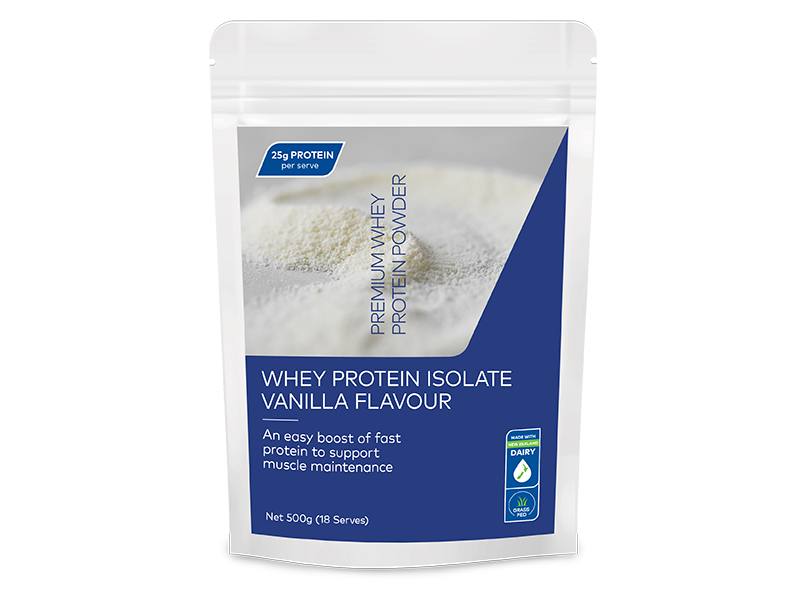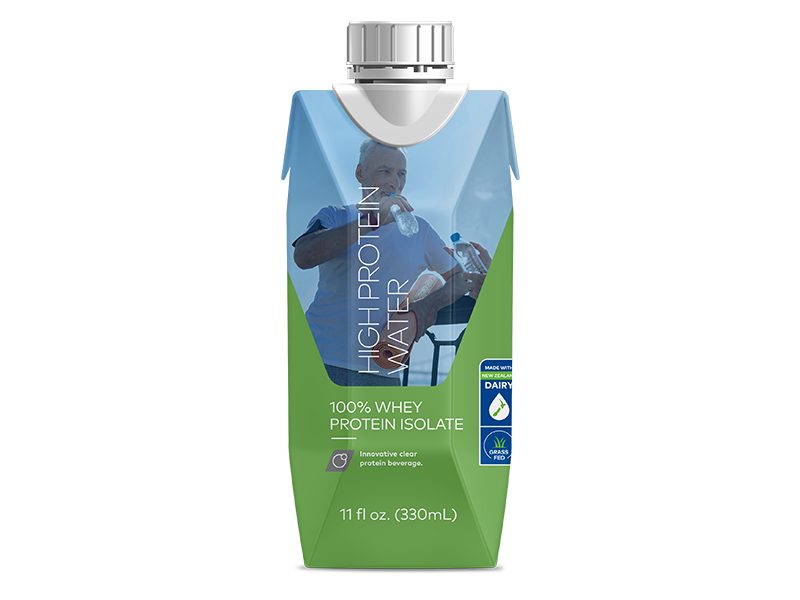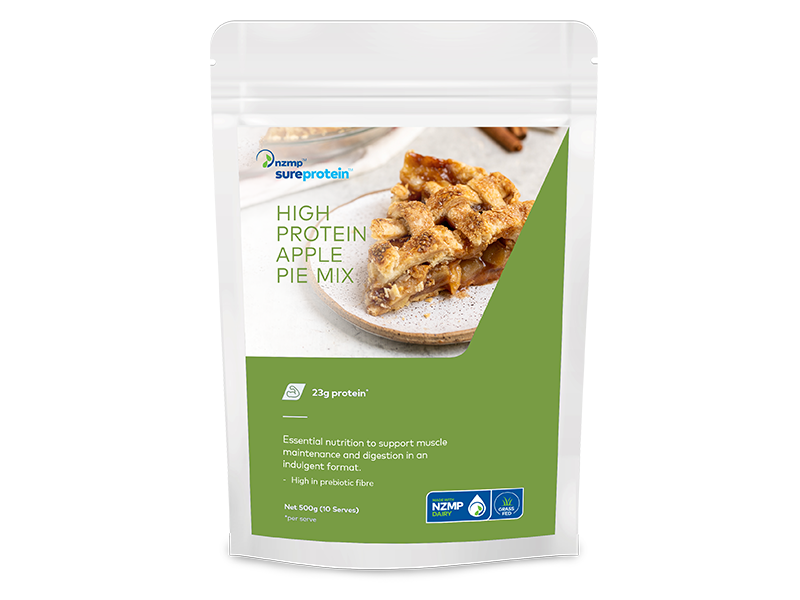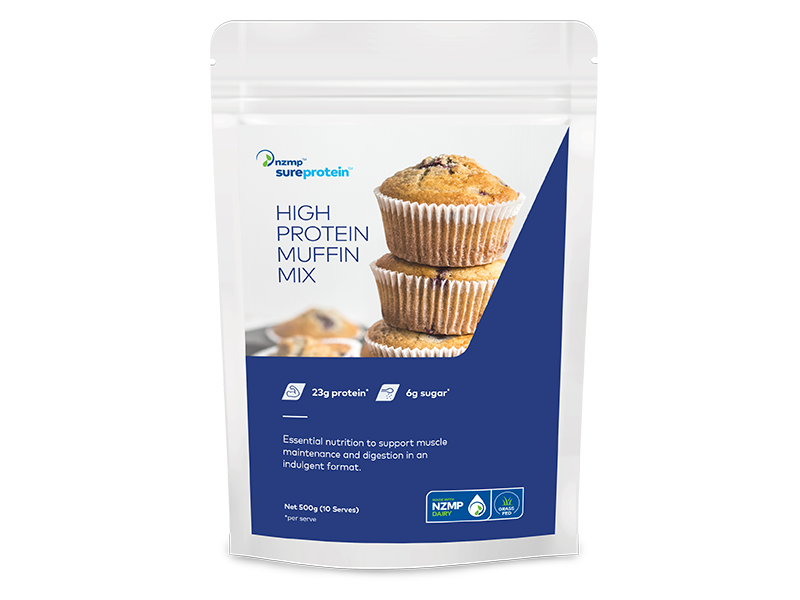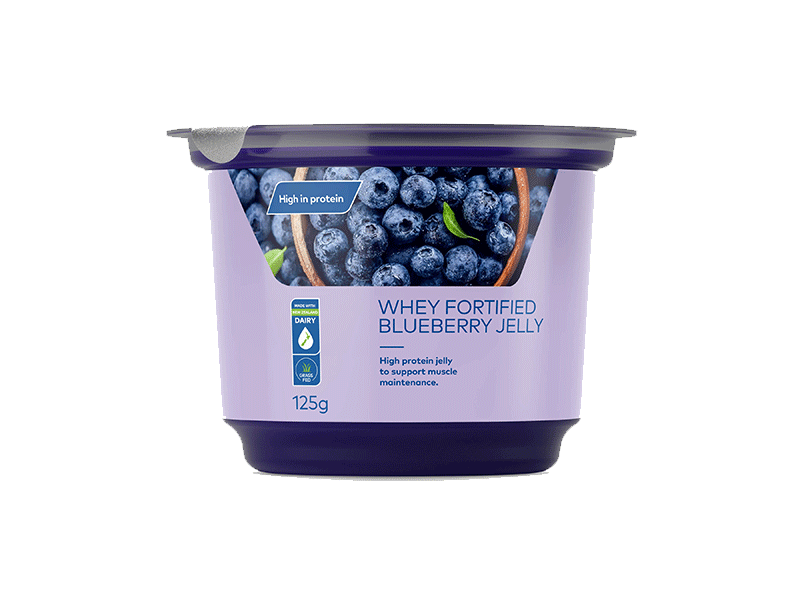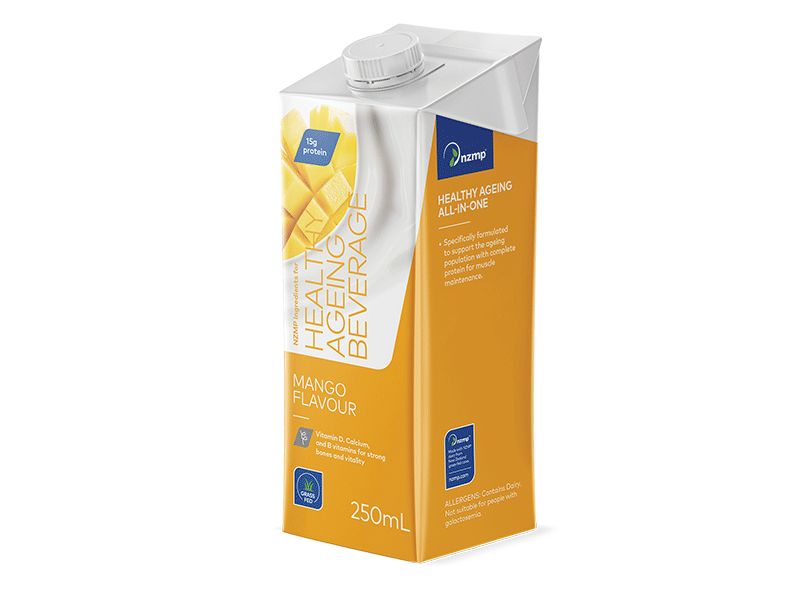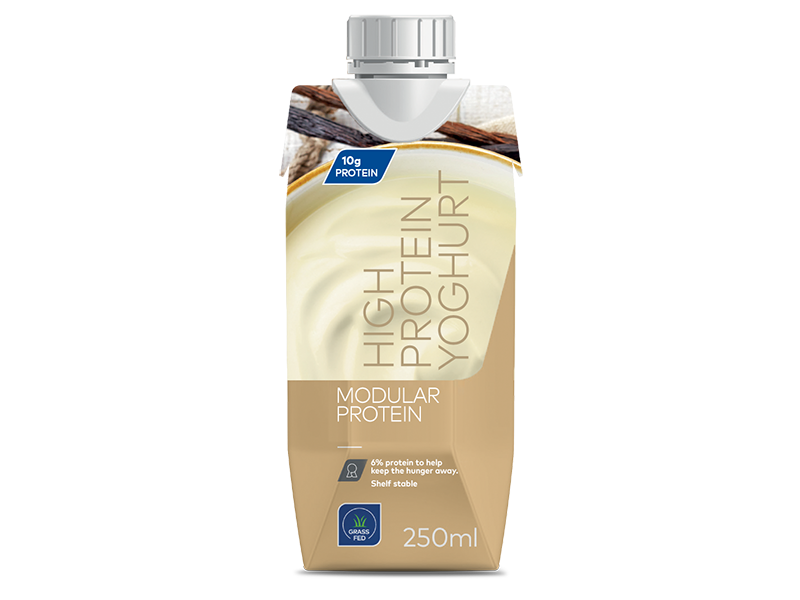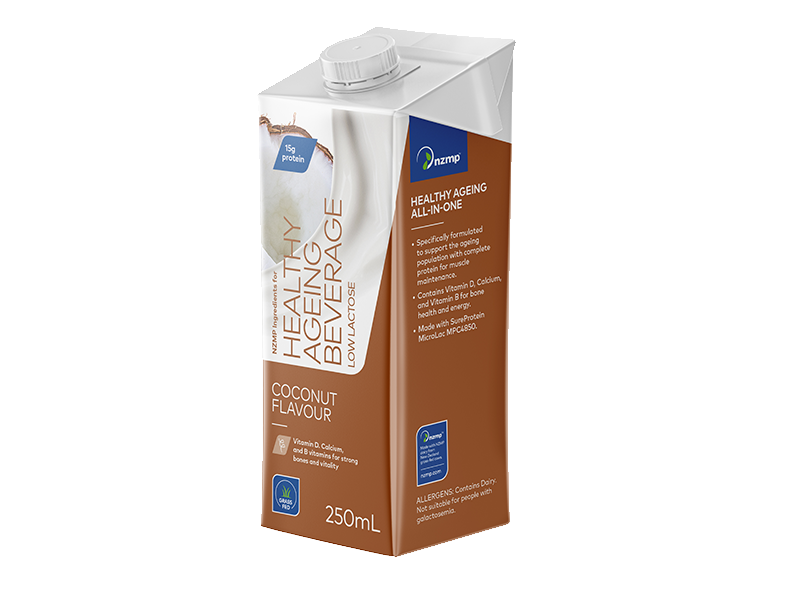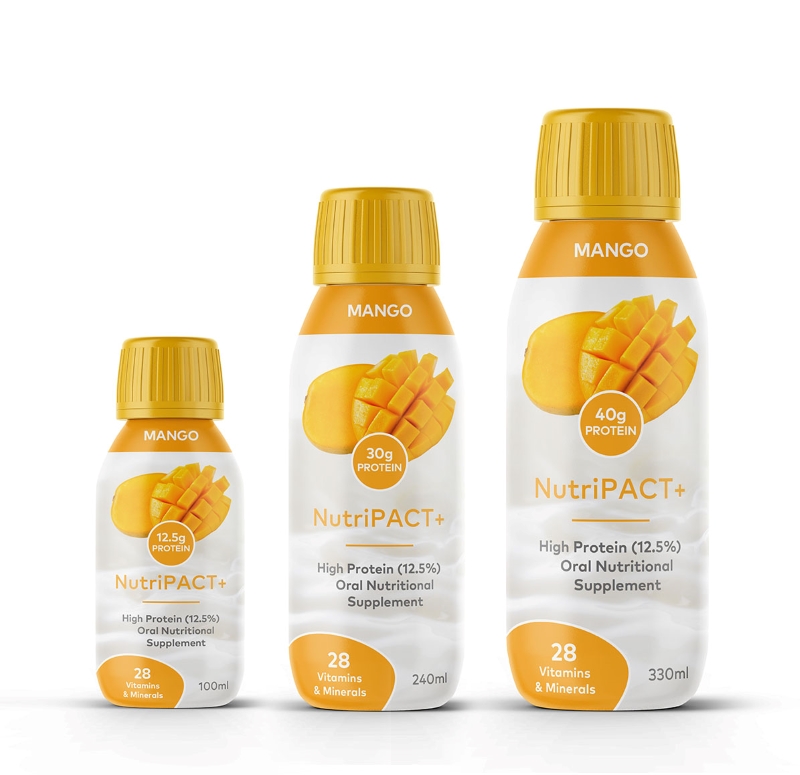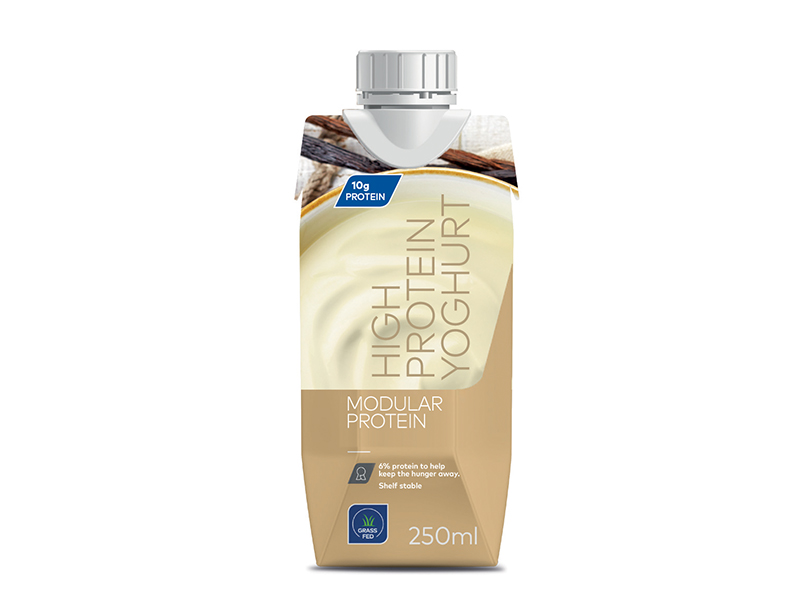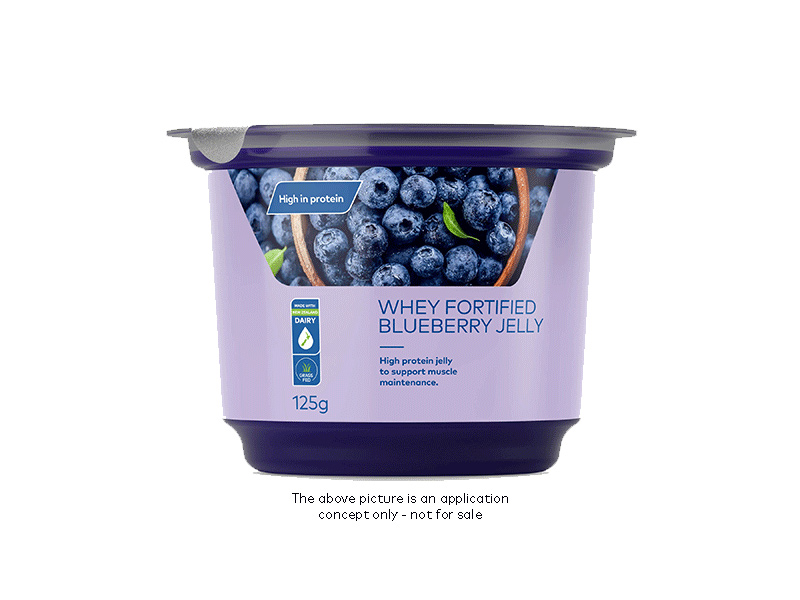Healthy Ageing
Nutrition is a critical tool for enabling longer and healthier lives.
of global consumers believe Calcium has benefits on bone & joint health.
FMCG Gurus Joint Health Survey 2021.
of global consumers feel it is important to eat a well-balanced diet to prevent major illnesses as prevention is better than cure.
IPSOS – Opportunities in the Health and Wellness Industry 2021
of global consumers consume protein to help them age healthily.
IPSOS – Opportunities in the Health and Wellness Industry 2021
Concepts for Healthy Agers
Our full range of applications including compact nutrition (ONS), modular protein options, and protein-enriched foods to combat malnutrition and sarcopenia.
View All
Ready-to-mix Beverages
Functional Beverages
Fortified Comfort Food
View All
Interested in one of these concepts?
Ready-to-mix Beverages
Functional Beverages
Fortified Comfort Food
Resources
Read More on Newsfeed
References
- [1] https://www.un.org/en/global-issues/ageing
- [2] www.un.org/en/development/desa/population/publications/pdf/ageing/WorldPopulationAgeing2019-Highlights.pdf
- [3] www.who.int/news-room/fact-sheets/detail/ageing-and-health#:~:text=By%202050%2C%20the%20world's%20population,2050%20to%20reach%20426%20million
- [4] https://www.health.harvard.edu/staying-healthy/preserve-your-muscle-mass#:~:text=After%20age%2030%2C%20you%20begin,risk%20of%20falls%20and%20fractures.
This information is intended for B2B customers, suppliers and distributors, and is not intended as information for final consumers.
